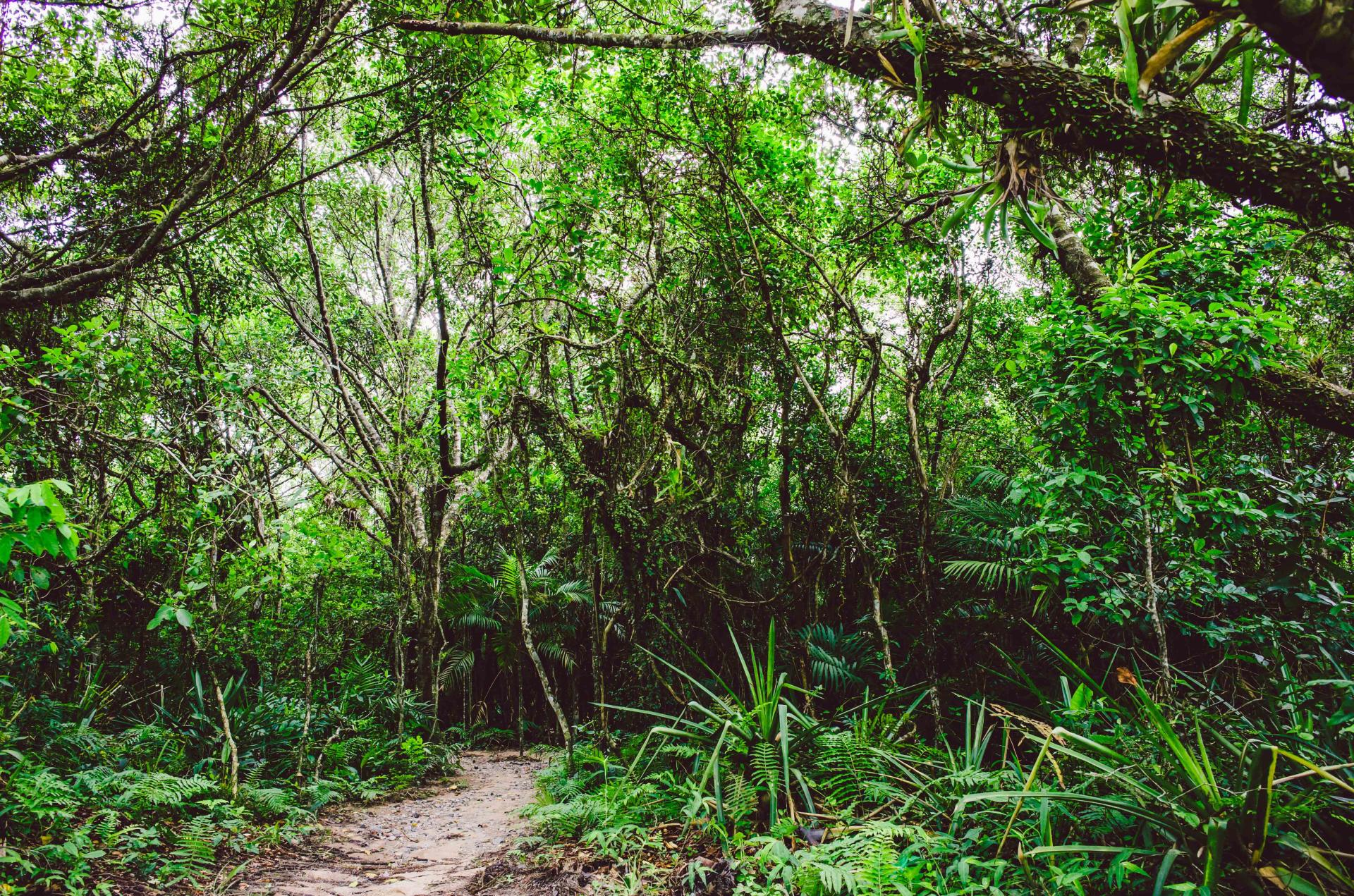What Is the Difference Between the Atlantic Rainforest and the Amazon Rainforest?

Brazil is home to two of the world’s richest and most important rainforests: the Atlantic Rainforest (Mata Atlântica) and the Amazon Rainforest. Although both ecosystems are tropical and play a vital role in the global climate, they differ significantly in terms of location, biodiversity, environmental threats, and accessibility for tourism. The following article highlights the key differences:
1. Geographical Location
Amazon Rainforest:
The Amazon stretches across vast parts of northern Brazil and extends into nine other South American countries. In Brazil, it covers states such as Amazonas, Acre, Pará, and Roraima.
Atlantic Rainforest:
This forest runs along the Atlantic coast from the northeast to the south of the country, including states such as Bahia, Espírito Santo, Rio de Janeiro, São Paulo, Paraná, and Santa Catarina.
2. Biodiversity and Species Richness
Amazon:
The largest rainforest in the world is a global biodiversity hotspot. It is home to over 40,000 plant species, 400 mammal species, 1,300 bird species, and many endemic organisms. Vast river systems run through the Amazon, and large parts remain unexplored to this day - home to some of the last uncontacted indigenous tribes.
Atlantic Rainforest:
Despite its smaller size, the Atlantic Rainforest is particularly rich in endemic species – organisms found nowhere else on Earth. Estimates suggest that around 50% of the plants and animals found here are unique to the region. Its proximity to major cities has made it more accessible for environmental research and conservation.
3. Conservation Status
Amazon:
Still largely intact, the Amazon faces growing threats from illegal logging, road construction, mining, and slash-and-burn agriculture. Many areas are difficult to access, which makes protection and monitoring more challenging, but this remoteness also slows down deforestation in some parts.
Mata Atlântica:
Only about 12% of the original forest remains, much of it fragmented. Nevertheless, there are numerous active reforestation and conservation initiatives, including national parks and biosphere reserves. Aventura do Brasil is also committed to protecting the Atlantic Rainforest – for instance, through efforts in Florianópolis, with further conservation actions planned.
4. Tourism and Visitor Experience
Amazon Rainforest:
Travel to the Amazon tends to be adventurous, featuring jungle lodges, boat expeditions, and visits to indigenous communities. Manaus is typically the main gateway for these experiences.
Atlantic Rainforest:
Much more accessible for visitors who wish to combine nature with coastal scenery. Areas like Ilha Grande, the Serra do Mar mountain range, or Bahia’s interior offer hiking trails, waterfalls, and eco-lodges. This ecosystem can also be experienced during trips to cities such as Rio de Janeiro or Florianópolis.
Two Rainforests, Two Faces of Brazil
Both the Amazon and the Atlantic Rainforest offer unique natural experiences on a Brazil trip but with very different characters. While the Amazon represents endless wilderness and raw biodiversity, the Atlantic Rainforest invites exploration close to urban life and along scenic coastal landscapes.
Anyone who truly wants to understand Brazil and its natural diversity should, if possible, experience both ecosystems. At Aventura do Brasil, we are happy to help you incorporate these remarkable environments into your travel itinerary. Your visit can also contribute to preserving these invaluable parts of our planet.
Sources: https://www.worldwildlife.org, https://www.sciencedirect.com/science, https://wwf.panda.org/discover/knowledge_hub

